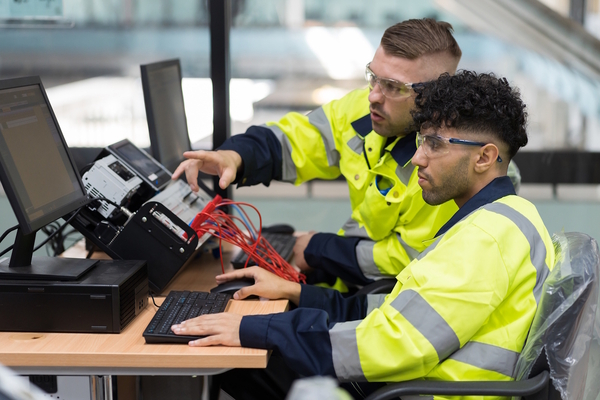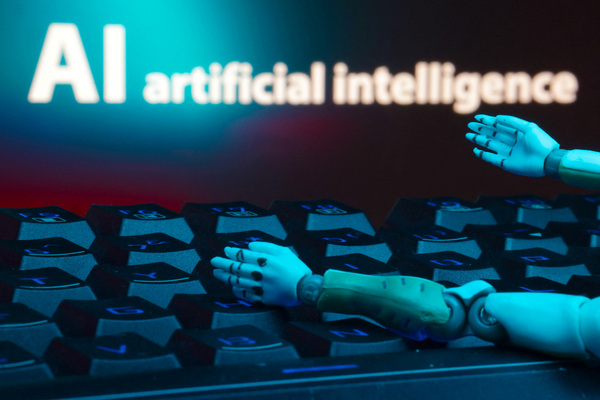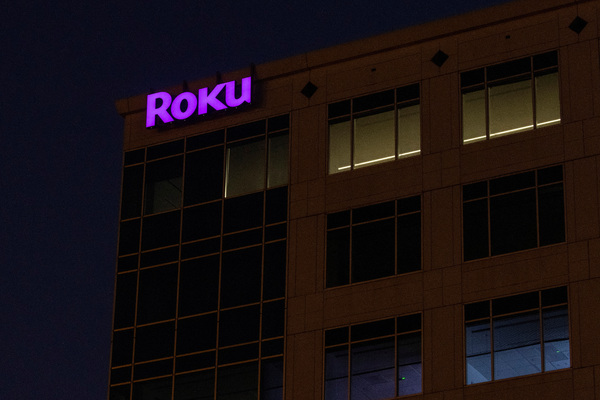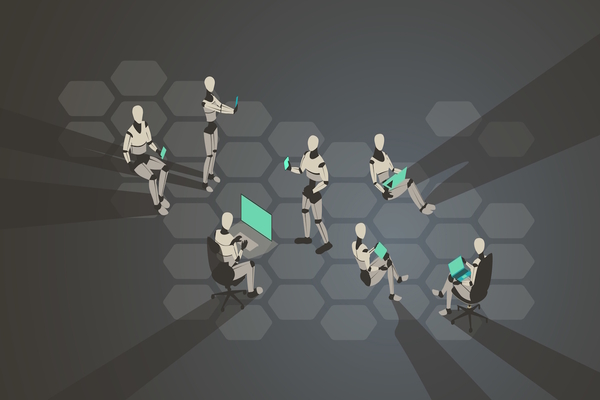Don’t let cruise control ruin your automation roadmap
Sponsored by Concentrix
Whether it’s as a customer, partner or employee, we’re all on a journey. We all have somewhere we’d like to go, things we’d like to see and do along the way, and some idea of how we’d like to get there.
But the road comes with detours. And just as our journeys have evolved from analogue dirt roads to digital multi-lane highways, the interactions along the way have shifted and grown too. There are more potential exits from those journeys, new multichannel interchanges to be explored and new social media or mixed media attractions to draw our interest.
Businesses can no longer rely on simple, linear journeys to bring customers to a buying decision or problem resolution. You need to embrace the entire journey, with all its diversions. To anticipate customer needs and engage them proactively, you need to disable the cruise control of customer interaction.
To do that effectively, you need to embrace automation. Are you prepared to automate–continually refine your automation program to ensure it’s delivering incrementally better customer and employee outcomes?
Connections that guide journeys
We often overlook that drivers (or customers) are only one part of the journey. They need gas stations to fuel their vehicles, mechanics to maintain their vehicles, and urban planners to maintain the road for their vehicles. To put it in business terms, successful customer experience doesn’t just rely on individual customer interaction points, but on the support of multiple teams and departments along the way.
The trend is moving toward automating everything in an organisation that can be automated, but companies need an automation roadmap. Automation is not a product, but rather an amalgamation of tools and technologies coming together to build a better customer experience. So, where do you begin? Concentrix’s report on Automation and the Future of Work has some ideas:
- Identify your entry point to automation. It’s often a single process or project that makes an organisation realise it needs to modernise, to change platforms and systems to get ready for the future.
- Have the right process-driven mindset. It’s important to recognise that automation won’t fix fragmented processes. Begin by ensuring your processes are well-defined and operating at an optimal level before considering what to automate.
- Embrace the right delivery paradigm. Unless you’re willing to adopt quickly, fail fast, and shift accordingly, the processes and technologies won’t matter, as you’ll never give yourself space the succeed.
- Focus on an agile journey rather than a destination. You can’t plot the whole journey out with a single tool and assume you know the end point. As you navigate through, you learn different challenges and uncover different opportunities. You need agility to adapt the right technologies for the right problems.
The challenge with automation is that it’s changing even faster than the journey. Long-term competitiveness requires connecting and automating everything that supports that journey. Our vision of how to bring that all together includes doing the following:
- Ensure automated systems are talking to each other. Connect the various parts of the business so they can work together to offer the best service possible and personalise the customer experience.
- Embrace automation internally as well as externally. The future of work is not only about avoiding boring tasks, but also using effective automation to empower and inspire employees to want to deliver greater value.
- Put a traffic controller in place to manage connections. Organisations have so many disconnected systems in the background, they need the equivalent of a traffic controller or urban planner to enable the connection of disparate systems and bring the data points together in a cohesive way that will unlock excellent customer experiences.
- Measure automation roadmap success with the right metrics. Focus on measuring automation success by ensuring you have the right measurements in place to quantify your business outcomes. This will allow you to understand what you achieved, so you can determine your return on investment in technology and tools.
- Reinvest early automation wins in long-term transformation. Once the early wins are established, embrace intelligent automation as a long-term reinvestment of multiple technologies, with an eye towards anticipating where the long-term, agile journey goes next.
Navigating the road to automation
Maybe you’re already on the road, with a few automation initiatives running, but are you prepared to continually refine an agile automation program that delivers incrementally better customer and employee outcomes?
You’ve found your on-ramp. You’ve put your focus on the journey ahead. You’re looking inwards as well as outwards. You’re aware of the attractions and interchanges along the way. Now it’s time to invest in a strategic partner who has successfully guided such journeys before and can help you lay the foundations, connect your automation roadmap, guide your growth, and drive outcomes that generate value.
Technology improvements will always raise customer (and employee) expectations. See how Concentrix is using intelligent automation as an ongoing process of agile, continual improvement to improve CX journeys for businesses and their customers.
By Raja Roy, EVP of Digital, Cloud Engineering, and Automation

Business Reporter Team
Most Viewed
Winston House, 3rd Floor, Units 306-309, 2-4 Dollis Park, London, N3 1HF
23-29 Hendon Lane, London, N3 1RT
020 8349 4363
© 2025, Lyonsdown Limited. Business Reporter® is a registered trademark of Lyonsdown Ltd. VAT registration number: 830519543





